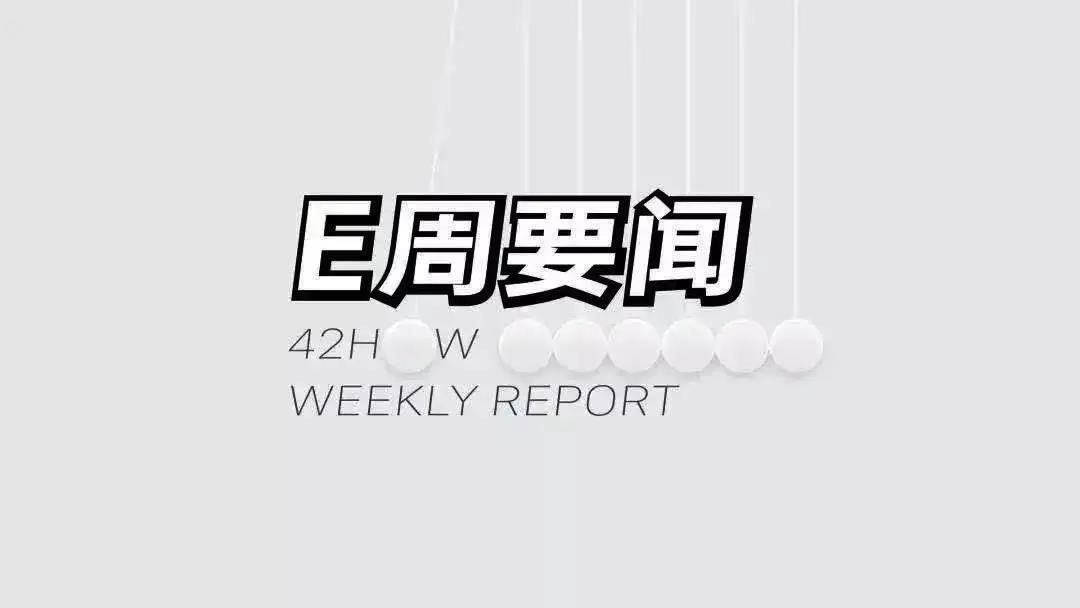Weekly Indices
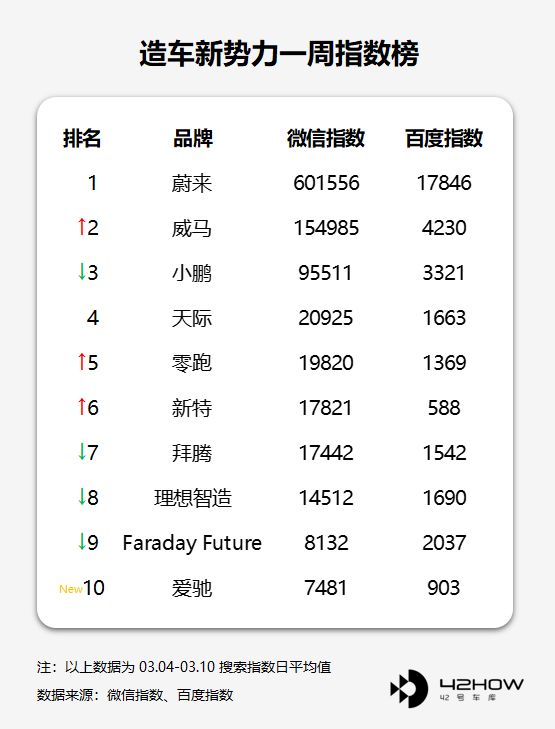
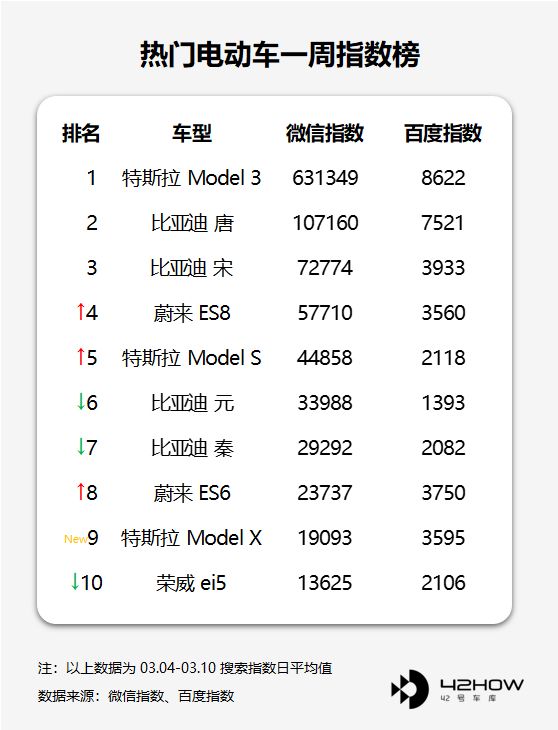
Weekly News
Tesla Plans to Start Production by the End of This Year
During the two sessions, Chen Mingbo, a representative of the National People’s Congress and director of the Shanghai Economic and Information Commission, stated that since the start of Tesla’s Shanghai factory, progress has been smooth. It is expected to complete the construction of the final assembly plant in May this year, and some production lines will be put into operation by the end of the year.
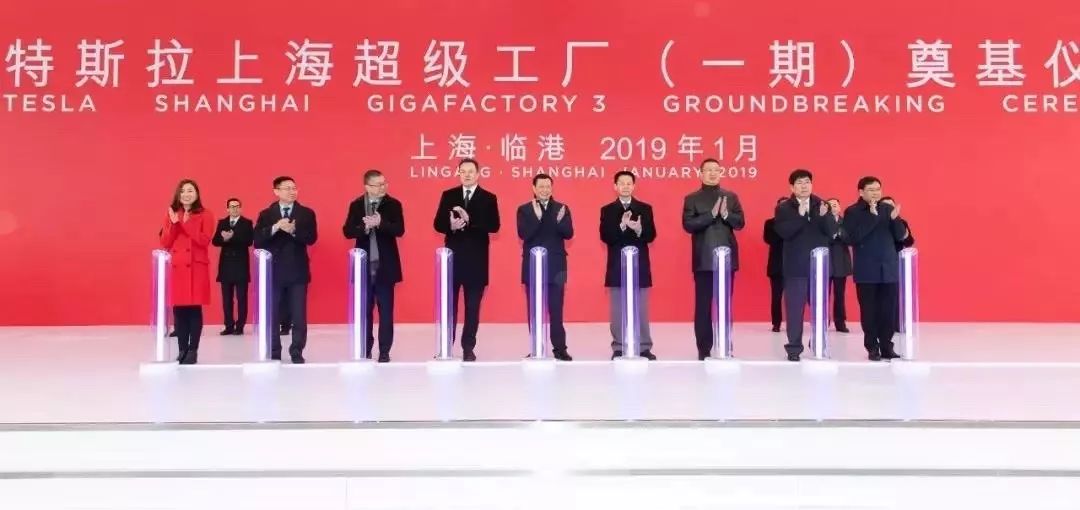
Quick Comment: If the final assembly plant of Tesla’s Shanghai factory is completed in May, it is very likely that the domestic production of Model 3 will be achieved in the third or fourth quarter in the form of C/SKD. We have to say that the speed is very fast. However, due to the mislabeled vehicle identification, the first batch of Model 3 is still stuck at customs and cannot be delivered. It is estimated that those who paid the deposit in 2016 are getting frustrated. Oh, by the way, the first batch of domestically produced Model 3 is likely to be the standard model of the US $35,000 version. You can look forward to the selling price.
NIO Releases 2018 Annual Financial Report
On March 6, NIO released its unaudited financial report for the fourth quarter and the full year of 2018. The key information is as follows:
The total revenue in the fourth quarter was RMB 3.553 billion (US$499.7 million), an increase of 133.8% from the previous quarter. The gross profit margin turned positive for the first time, reaching 0.4%, compared with a negative gross profit margin of 7.9% in the third quarter. The automotive sales revenue was RMB 3.3812 billion (US$491.8 million), an increase of 137.0% from the previous quarter. The automotive sales gross profit margin was 3.7%, compared with a negative gross profit margin of 4.3% in the previous quarter. The operating loss was RMB 3.4469 billion (US$501.3 million), an increase of 22.7% from the previous quarter and an increase of 106.4% from the same period last year.
The total revenue for the year was RMB 4.9512 billion (US$720.1 million), with a gross profit margin of 5.2%. The automotive sales revenue was RMB 4.8525 billion (US$705.8 million), accounting for 98.0% of the total revenue. The gross profit margin for automotive sales was negative 1.6%. The net loss for the year was RMB 9.639 billion (US$1.4019 billion), an increase of 92.0% from the previous year.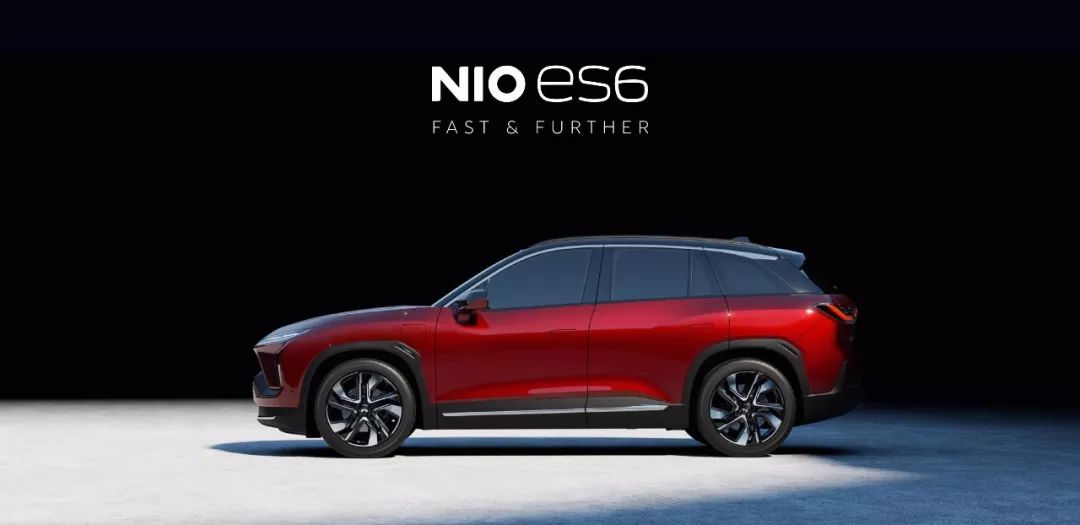
Quick Takeaway: After the release of NIO’s financial report on March 6, the stock price immediately fell nearly 20% after-hours trading. The sales of ES8 have been weak, and the upcoming ES6, which will be released in June, has a critical mission to fulfill!
Volkswagen Establishes Battery Recycling Factory
According to Automotive News, VW plans to build a new factory near its headquarters in Wolfsburg, Salzgitter, which will mainly be used for battery recycling.
Starting from 2020, the factory will be able to process nearly 1200 tons of waste lithium-ion batteries from old vehicles annually. After analysis, these batteries will be classified into two categories: one with a certain service life will be utilized for a second time, while waste batteries that are completely scrapped will be crushed into metal powder. VW claims that valuable or rare raw materials such as lithium, cobalt, manganese, and nickel can be isolated from the scrap, and used to manufacture new battery cells. VW believes that in the next ten years, the utilization rate of raw materials within battery cells will reach 97%.
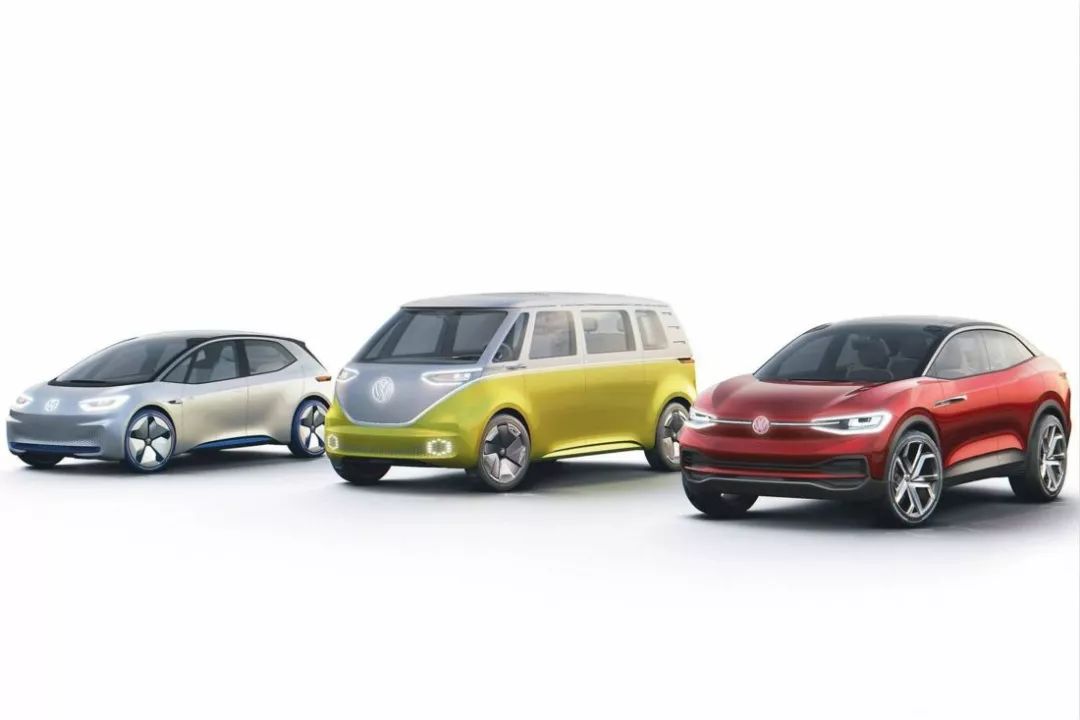
Quick Takeaway: As the number of electric vehicles increases, so does the number of waste batteries, which can be highly polluting to the environment. How to deal with this chemical waste has become a thorny issue. Tesla advocates recycling raw materials and producing new batteries. While, as for NIO, old batteries will be placed in energy storage networks for graded use. Volkswagen’s new factory intends to adopt both methods to find a low-cost, highly effective recycling solution.
Tesla Releases Third-Generation Supercharger
On March 6, Tesla introduced the third-generation Supercharger at an unveiling ceremony in Fremont, California. Combining a 1 MW energy storage battery and a new liquid-cooled cable, the peak charging power for a single vehicle can reach 250 kW, and Tesla claims that a 5-minute charge for a Model 3 can travel about 120 km. Tesla will unlock a charging power of 145 kW for over 12,000 second-gen Superchargers in the next few weeks.
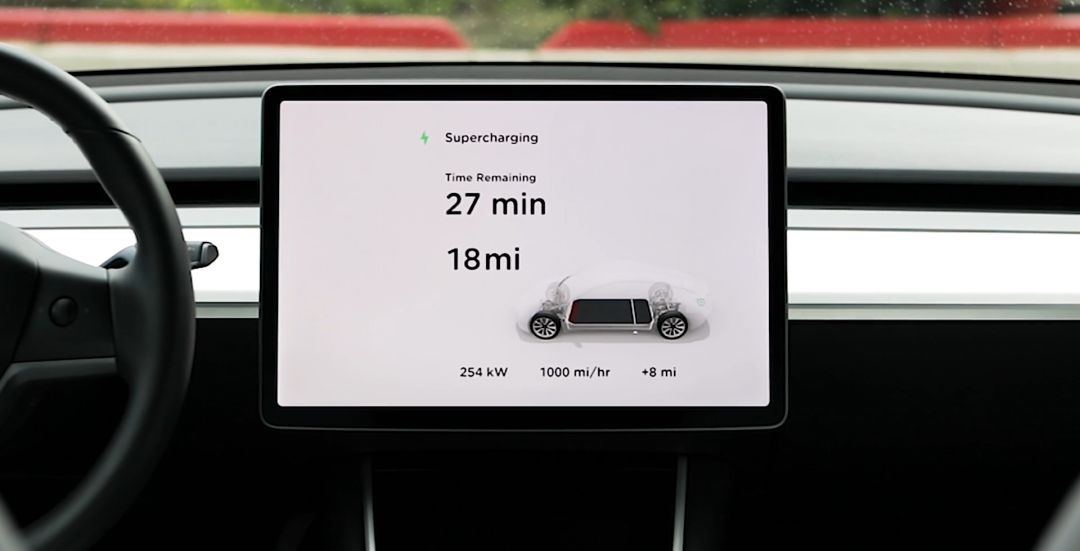 > Quick Comment: It should be noted that the peak output of 250 kW can only be maintained for a relatively short period of time when SOC is low. Don’t calculate the charging time based on battery capacity and peak power. However, compared with the second-generation supercharging, the Model 3 charging time can still be improved by 50%. By the way, the maximum charging power for Model S/X can only reach 145 kW. It’s not the hardest part to improve the maximum output power of the charging station. The hardest part is to make the vehicle’s battery support 3-4 C charging rate. Currently, the maximum charging rate of domestic batteries is only 1-1.5 C.
> Quick Comment: It should be noted that the peak output of 250 kW can only be maintained for a relatively short period of time when SOC is low. Don’t calculate the charging time based on battery capacity and peak power. However, compared with the second-generation supercharging, the Model 3 charging time can still be improved by 50%. By the way, the maximum charging power for Model S/X can only reach 145 kW. It’s not the hardest part to improve the maximum output power of the charging station. The hardest part is to make the vehicle’s battery support 3-4 C charging rate. Currently, the maximum charging rate of domestic batteries is only 1-1.5 C.
WM Motor Completes 3 Billion C-round Financing
On March 8th, WM Motor announced that it had completed a total of RMB 3 billion in C-round financing, led by Baidu, with Taihang Industry Fund and Linear Capital following suit. This round of financing is mainly used for user experience and technology research and development. As of now, WM Motor has raised nearly RMB 23 billion in total.
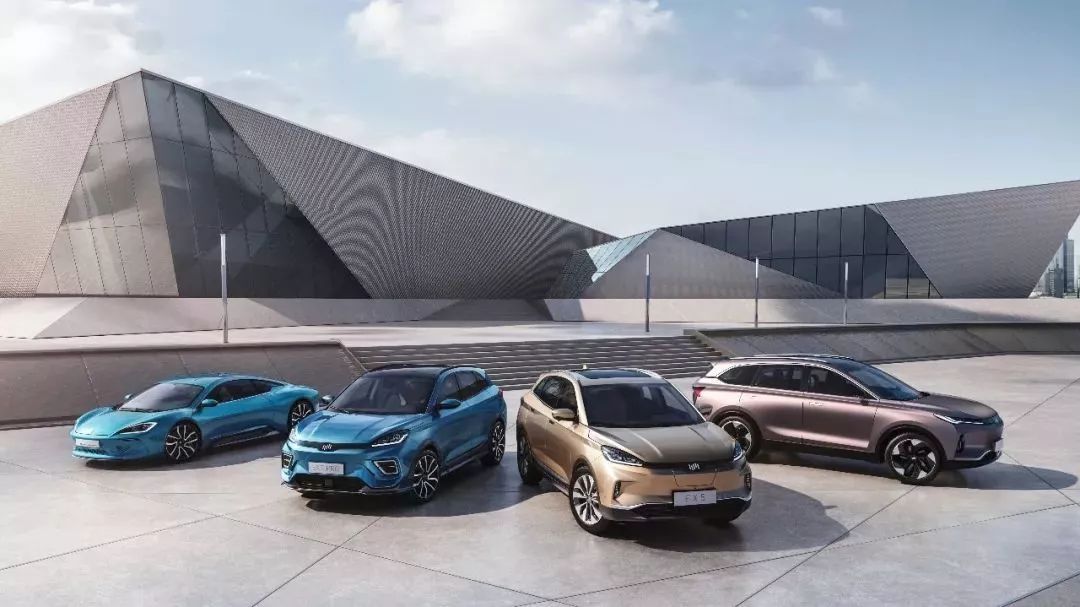
Quick Comment: The amount of this financing is not large. As WM Motor has been in mass production for nearly half a year, it’s like an 18-year-old child who gradually needs to earn money to support himself. He can no longer ask his parents for more money. Therefore, he will face severe social market challenges next. Good luck to WM Motor.
BAIC New Energy Price Increase after Subsidy Adjustment
On March 7th, BAIC New Energy adjusted the prices of all models of the EX360 series on its official website. The price after subsidies for the three models was adjusted from RMB 79,900, RMB 88,900, and RMB 98,900 to RMB 84,900, RMB 93,900, and RMB 103,900, respectively, with an increase of RMB 5000 for all.
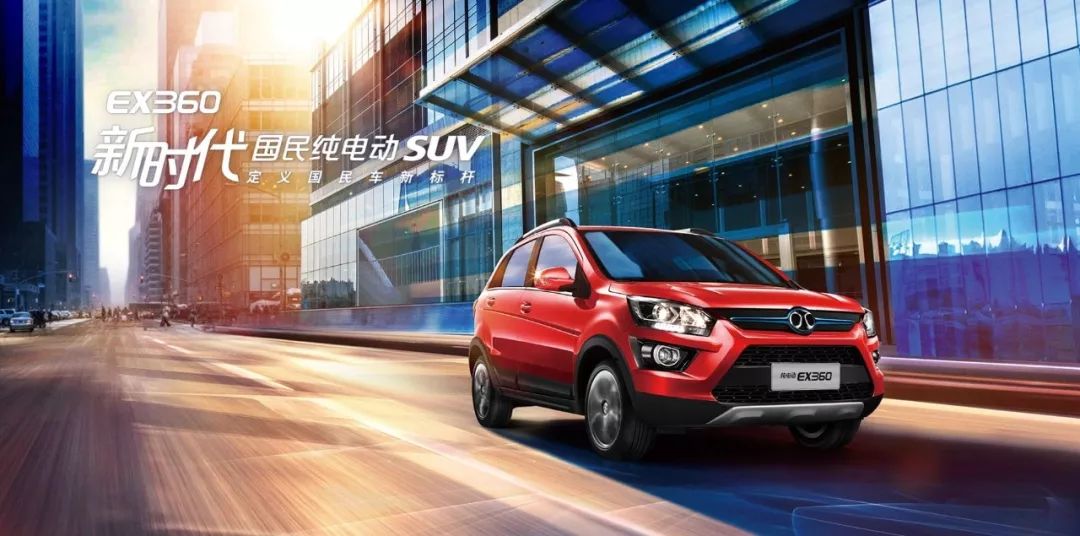
Quick Comment: Various insider information indicates that the subsidy policy for 2019 is about to be introduced. Unless there is an accident, news of price increases for pure electric vehicles will become more and more frequent. The subsidy decline has become a certainty, but the degree of reduction is still unknown. In the working report of this year’s two sessions a few days ago, Premier Li Keqiang said: “We will stabilize automobile consumption and continue to implement preferential policies for the purchase of new energy vehicles.”
New Cars of the Week
Corolla/Levin HybridOn March 9th and 11th, Toyota released the plug-in hybrid versions of the Corolla and Levin, with a pure electric range of 55 km. The Corolla Hybrid E+ is priced between 189,800 and 212,800 yuan (after subsidies), and the Levin Hybrid E+ is priced between 185,800 and 200,800 yuan (after subsidies).
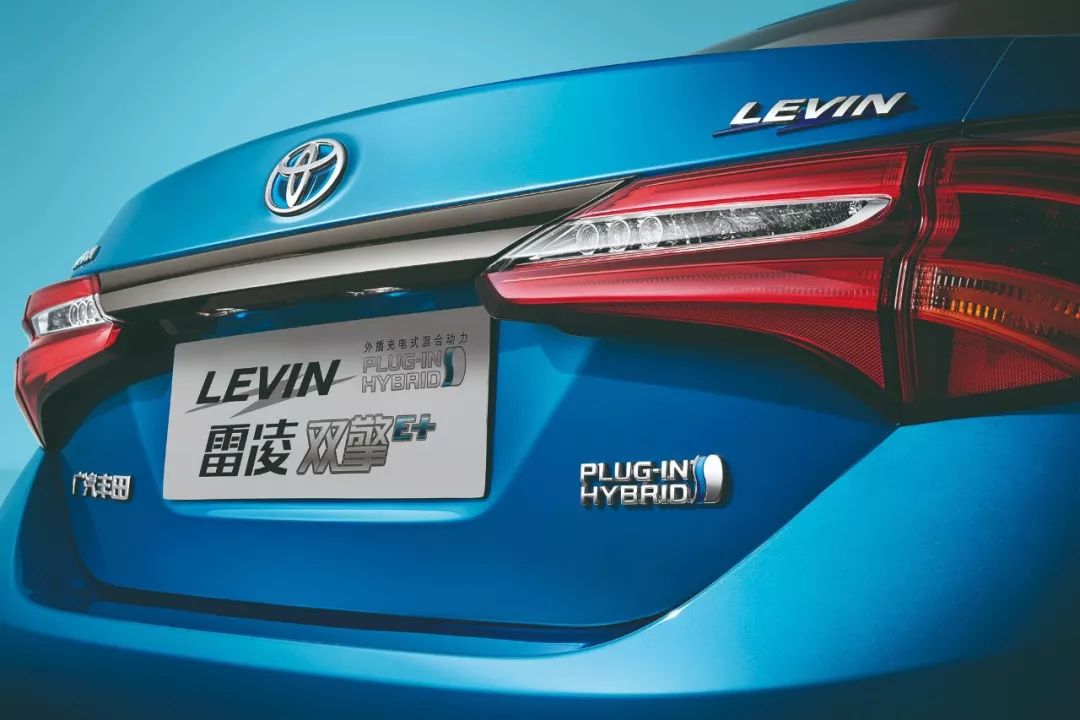
Fast Comment: The non-plug-in hybrid version of these two Toyota models have excellent fuel economy and sell very well in third and fourth tier cities. However, sales are not so good in first and second tier cities because they cannot obtain new energy license plates. Now, the plug-in hybrid versions are finally available, but they are really not cheap. Personally, I think there is still room for choices at this price point.

-
Tesla Announces Model Y Release Date; TELA Achieves Profitability | Weekly News
-
Tesla’s Autopilot Free Trial is About to End; Chongqing Lifan Renamed Ideal Smart | Weekly News
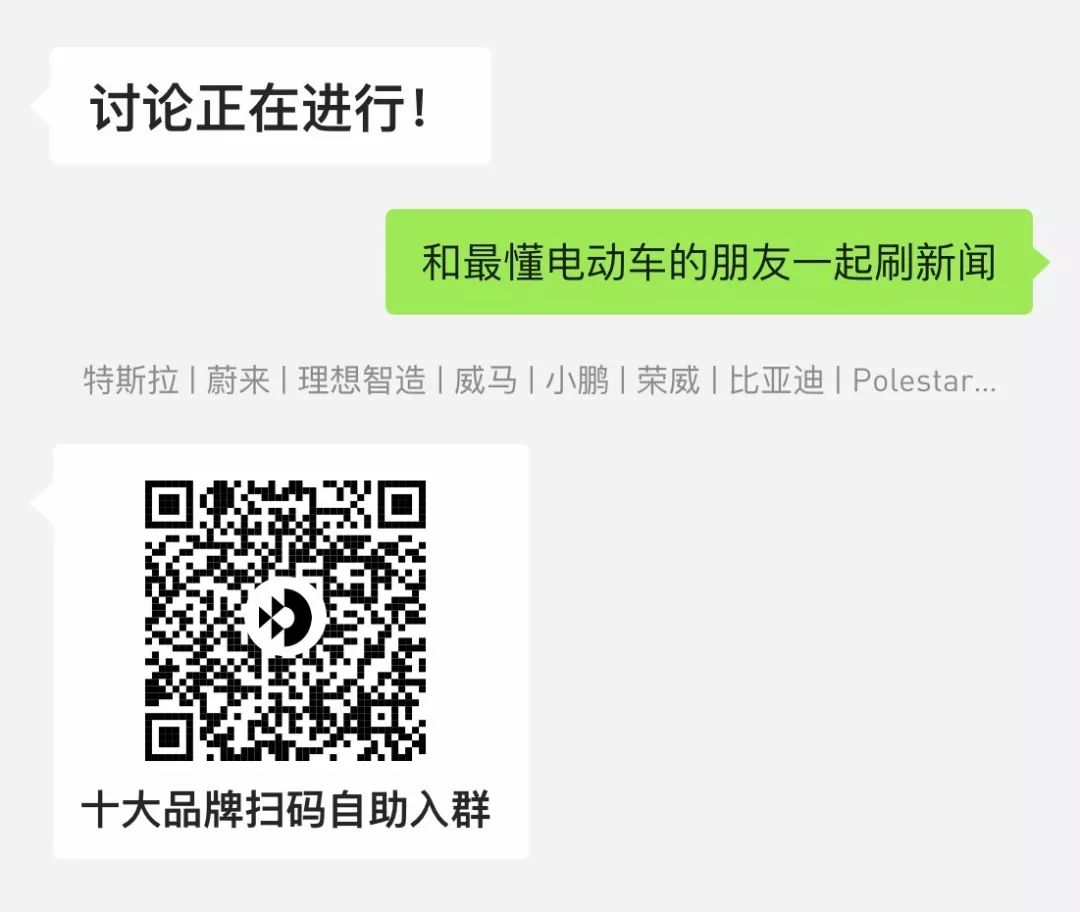

This article is a translation by ChatGPT of a Chinese report from 42HOW. If you have any questions about it, please email bd@42how.com.
